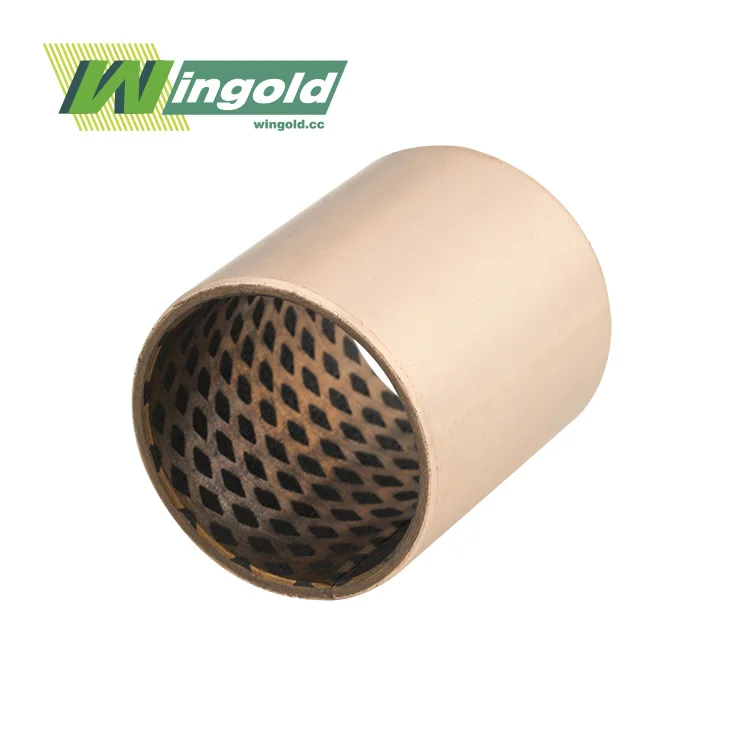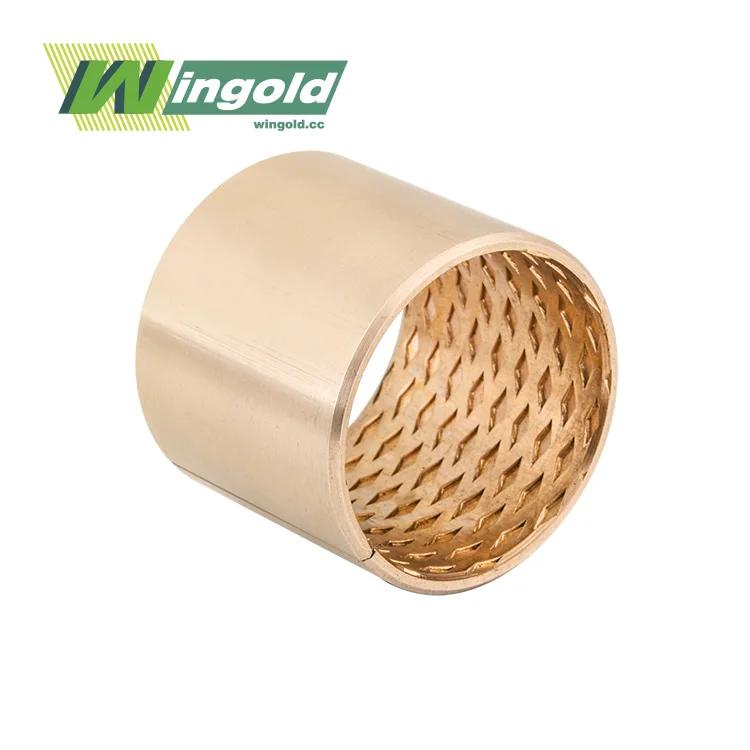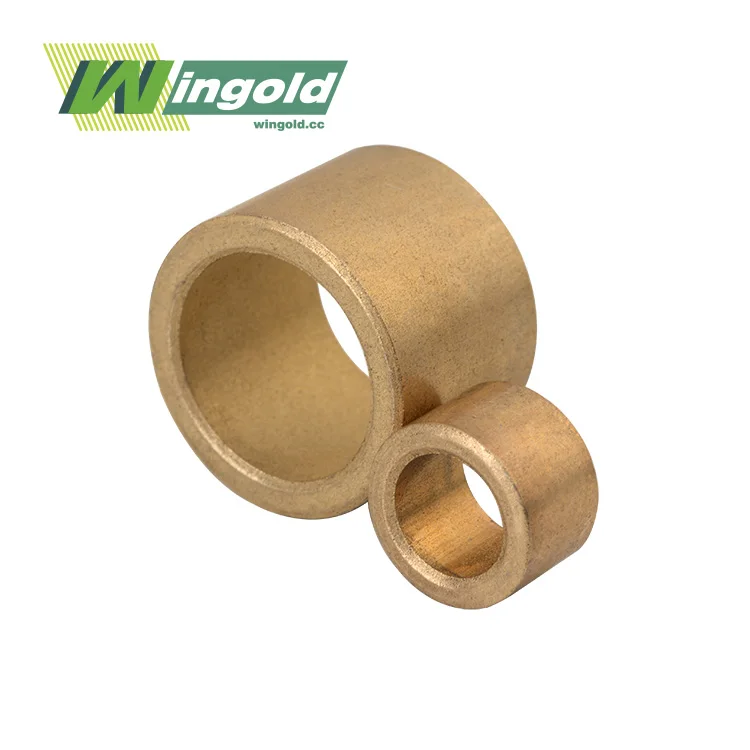- English
- French
- German
- Portuguese
- Spanish
- Russian
- Japanese
- Korean
- Arabic
- Greek
- German
- Turkish
- Italian
- Danish
- Romanian
- Indonesian
- Czech
- Afrikaans
- Swedish
- Polish
- Basque
- Catalan
- Esperanto
- Hindi
- Lao
- Albanian
- Amharic
- Armenian
- Azerbaijani
- Belarusian
- Bengali
- Bosnian
- Bulgarian
- Cebuano
- Chichewa
- Corsican
- Croatian
- Dutch
- Estonian
- Filipino
- Finnish
- Frisian
- Galician
- Georgian
- Gujarati
- Haitian
- Hausa
- Hawaiian
- Hebrew
- Hmong
- Hungarian
- Icelandic
- Igbo
- Javanese
- Kannada
- Kazakh
- Khmer
- Kurdish
- Kyrgyz
- Latin
- Latvian
- Lithuanian
- Luxembou..
- Macedonian
- Malagasy
- Malay
- Malayalam
- Maltese
- Maori
- Marathi
- Mongolian
- Burmese
- Nepali
- Norwegian
- Pashto
- Persian
- Punjabi
- Serbian
- Sesotho
- Sinhala
- Slovak
- Slovenian
- Somali
- Samoan
- Scots Gaelic
- Shona
- Sindhi
- Sundanese
- Swahili
- Tajik
- Tamil
- Telugu
- Thai
- Ukrainian
- Urdu
- Uzbek
- Vietnamese
- Welsh
- Xhosa
- Yiddish
- Yoruba
- Zulu
What is the purpose of a bushing brass sleeve?
A bushing brass sleeve serves as a crucial component in various mechanical systems, providing a wear-resistant interface between moving parts. Its primary purpose is to reduce friction, distribute loads, and enhance the overall performance and longevity of machinery. Bushing brass sleeves are designed to withstand high pressures, accommodate rotational or linear motion, and minimize metal-to-metal contact. These versatile components play a vital role in maintaining smooth operation, reducing maintenance requirements, and extending the lifespan of equipment across numerous industries.

The Composition and Characteristics of Bushing Brass Sleeves
Bushing brass sleeves are meticulously engineered components that offer a unique combination of properties, making them indispensable in various mechanical applications. Let's delve into the composition and key characteristics that make these sleeves so valuable.
Material Composition
The core material used in bushing brass sleeves is a high-quality brass alloy. This alloy typically consists of copper and zinc, with small amounts of other elements added to enhance specific properties. The precise composition may vary depending on the intended application, but common alloys include CuSn8P0.3 or CuSn6.5P0.1. These alloys are chosen for their excellent mechanical properties, corrosion resistance, and thermal conductivity.
Physical Properties
Bushing brass sleeves boast impressive physical properties that contribute to their effectiveness:
- Hardness: The standard hardness range is typically HB90-120, with hardened versions reaching HB120-150. This hardness ensures durability and wear resistance.
- Density: High-density copper alloys are used, providing strength and stability.
- Dimensional Range: Inner diameters can range from 10mm to 100mm, with outer diameters spanning 12mm to 120mm. Lengths vary from 15mm to 200mm, accommodating a wide array of applications.
- Surface Finish: Precision-machined surfaces ensure smooth operation and optimal performance.
Performance Characteristics
The performance of bushing brass sleeves is characterized by several key factors:
- Load Capacity: These sleeves can withstand high loads, with some capable of handling up to 75 N/mm² or 50 MPa, depending on the specific design.
- Operating Temperature Range: They maintain functionality across a broad temperature spectrum, typically from -80°C to 200°C, with some variants operating effectively between -40°C and 150°C.
- Sliding Speed: Maximum sliding speeds can reach up to 2.5 m/s, ensuring smooth operation in dynamic applications.
- Wear Resistance: The brass alloy composition provides excellent wear resistance, contributing to the longevity of the sleeve and the machinery it supports.
Applications and Industries Utilizing Bushing Brass Sleeves
The versatility and reliability of bushing brass sleeves make them indispensable across a wide range of industries and applications. Their unique properties allow them to excel in diverse environments, from heavy machinery to precision instruments.
Industrial Machinery
In the realm of industrial machinery, bushing brass sleeves play a pivotal role:
- Machine Tools: They provide smooth, precise motion in lathes, milling machines, and other precision equipment.
- Hydraulic and Pneumatic Systems: Bushing brass sleeves ensure efficient operation in cylinders and valves.
- Textile Machinery: They facilitate the smooth operation of spinning and weaving equipment.
- Food Processing Equipment: These sleeves offer hygienic and durable solutions for food industry machinery.
Transportation and Heavy Equipment
The transportation sector heavily relies on bushing brass sleeves:
- Automotive Industry: They are used in chassis components, steering systems, and engine parts.
- Railway Locomotives: Bushing brass sleeves contribute to the smooth operation of various moving parts in trains.
- Construction Machinery: Excavators, bulldozers, and cranes utilize these sleeves in their hydraulic systems and pivot points.
- Shipbuilding: Marine equipment benefits from the corrosion-resistant properties of brass sleeves.
Specialized Applications
Beyond traditional industries, bushing brass sleeves find use in specialized fields:
- Aerospace: Precision components in aircraft benefit from the reliability of brass sleeves.
- Renewable Energy: Wind turbines and solar tracking systems employ these sleeves in their mechanisms.
- Medical Equipment: Certain medical devices utilize brass sleeves for their smooth operation and durability.
- Robotics: Articulated joints and actuators in robotic systems often incorporate brass sleeves.
Advantages and Considerations of Bushing Brass Sleeves
While bushing brass sleeves offer numerous benefits, it's essential to understand both their advantages and potential limitations to make informed decisions about their use in various applications.
Key Advantages
Bushing brass sleeves provide several significant benefits:
- Longevity: Their high wear resistance and durability contribute to an extended service life, reducing the frequency of replacements.
- Cost-Effectiveness: Despite the initial investment, the long lifespan and reduced maintenance needs make them economical in the long run.
- Versatility: Their wide range of sizes and ability to operate in various conditions make them suitable for diverse applications.
- Self-Lubrication: Some designs incorporate oil indentations, allowing for improved lubrication and reduced friction.
- Corrosion Resistance: Brass alloys offer good resistance to corrosion, enhancing reliability in challenging environments.
Design Considerations
When implementing bushing brass sleeves, several factors should be taken into account:
- Load Distribution: Proper design ensures even load distribution, maximizing the sleeve's performance and lifespan.
- Thermal Expansion: Consider the coefficient of thermal expansion when designing for applications with significant temperature variations.
- Lubrication Requirements: While some sleeves are self-lubricating, others may require specific lubrication strategies for optimal performance.
- Environmental Factors: Consider the operating environment, including potential exposure to chemicals or extreme temperatures.
Maintenance and Inspection
To maximize the benefits of bushing brass sleeves:
- Regular Inspections: Implement a schedule for checking wear patterns and overall condition.
- Proper Installation: Ensure correct installation to prevent misalignment or premature wear.
- Lubrication Management: Maintain appropriate lubrication levels and quality where required.
- Monitoring: Keep track of operating conditions and performance to anticipate maintenance needs.
Conclusion
Bushing brass sleeves are indispensable components in modern machinery, offering a unique combination of durability, performance, and versatility. Their ability to reduce friction, withstand high loads, and operate across a wide temperature range makes them crucial in applications ranging from heavy industrial equipment to precision instruments. As technology advances, the role of bushing brass sleeves continues to evolve, with ongoing research into new alloys and designs promising even greater capabilities in the future.
For those seeking high-quality bushing brass sleeves or looking to explore custom solutions for specific applications, Wingold Bearing stands ready to assist. With a team of experts and years of industry experience, we can provide guidance on selecting the right components for your needs. To learn more about our bushing brass sleeve offerings and how they can enhance your machinery's performance, please don't hesitate to contact us at info@wingold.cc.
References
1. Johnson, R. L., & Mobley, R. K. (2019). "Handbook of Lubrication and Tribology: Volume I Application and Maintenance." CRC Press.
2. Smith, D. W. (2018). "Materials Science and Engineering: A Comprehensive Introduction." Wiley.
3. Thompson, M. K., & Thompson, J. M. (2017). "ANSYS Mechanical APDL for Finite Element Analysis." Butterworth-Heinemann.
4. Williams, J. A. (2020). "Engineering Tribology." Cambridge University Press.
5. Zhang, Y., & Meng, H. (2021). "Tribology of Metal Cutting: Theory and Application." Elsevier.
Learn about our latest products and discounts through SMS or email



